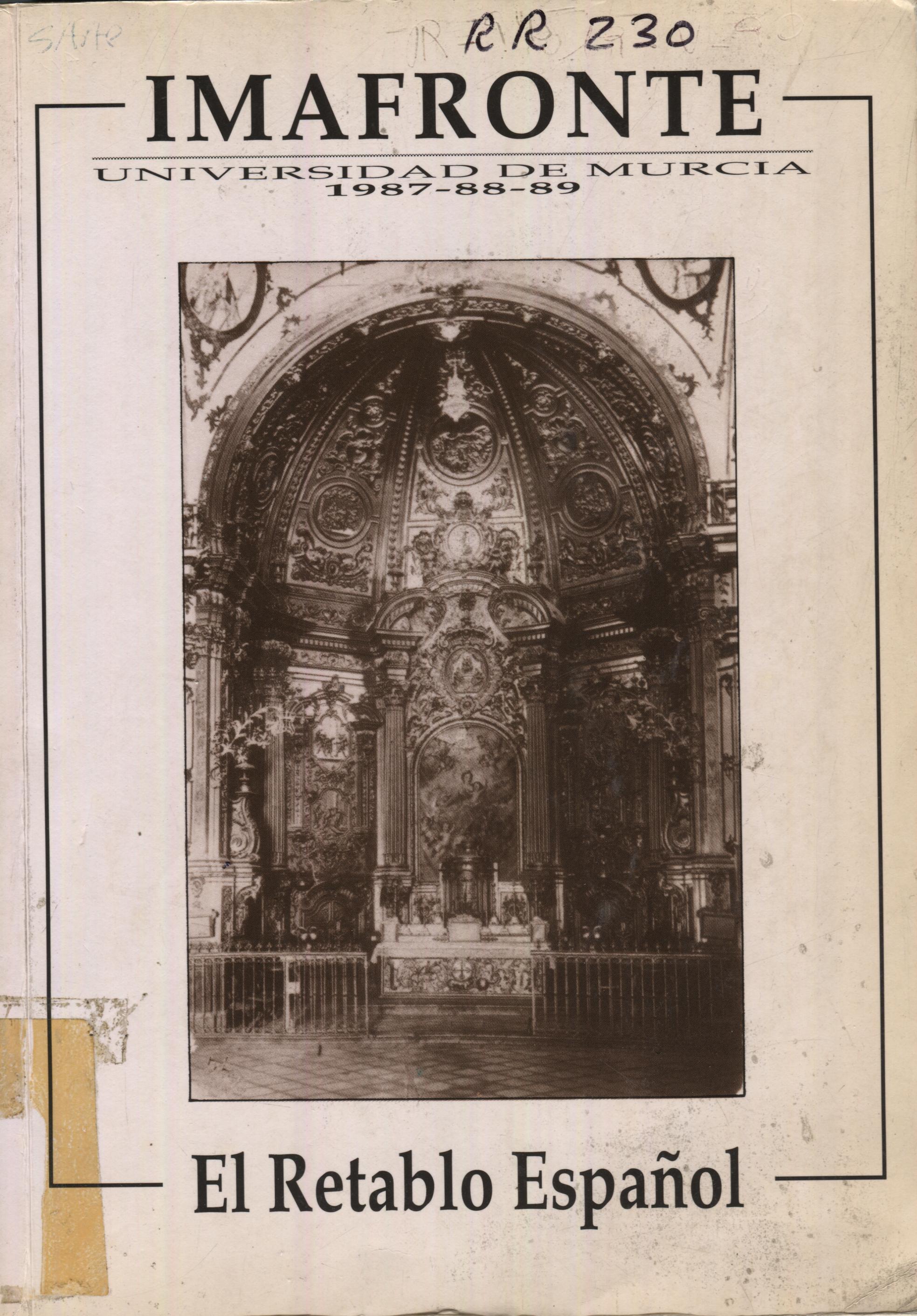EL RETABLO RENACENTISTA EN GALICIA
Abstract
Despite the few specitnens preserved, the retable-making activity fiad to be a quire important one in Galicia during the XVIth century, judging from documental evidence. In accordance to these scarce samples, several periods may be noticed from such sixreenth-century altarpieces. The first decades of rhe century still preserve rests of Gothic formulas, as we are able to observe in the retable at Orense cathedral, ascribed to Cornielles of Holland. From the establishing of this artist in Santiago of Compostela onwards, a turn in this production may be observed roward the plateresque retable, under the influence of Juan de Alava and his circle. We have an example of this in the main retable at Lugo'cathedral, made by Cornielles between 1531 and 1534. After this artist disappeared it happened a blank during the middle years of the century, rhough orher important works were mude which denore Juni's influence; that is the case of the rerable de la Quinta Angustia [the Fifth Afliction], ar Orense cathedral, atrribured to the Maestro de Sobrado [Master of Sobrado]. Far in the last third of the century we may perceive a busy activity in Galician workshops, in a ritne in which the classicism retable asserrs itself. Juan de Angés el Mozo [the Young], of León, works in Orense and he is the author of the retable de las Nieves [Our Lady of the Snow], at the cathedral, among others.Downloads
-
Abstract465
-
PDF (Español (España))245
1. The authors non-exclusively assign the exploitation rights (reproduction, distribution, communication and transformation) to the magazine.
2. The works published in this magazine are subject to the Attribution-ShareAlike 4.0 International license (CC By SA 4.0). Therefore, they can be copied, used, disseminated, transmitted and publicly displayed, provided that:
i) the authorship and the original source of its publication (journal, editorial and URL of the work) are cited, thus allowing its recognition.
ii) it is allowed to remix, transform or create from the material while maintaining the same license as the original.

3. Self-archiving conditions. Authors are allowed and encouraged to electronically disseminate the pre-print (version before being evaluated) and/or post-print (version evaluated and accepted for publication) versions of their works before publication, as it favors their publication. Earlier circulation and diffusion and with it a possible increase in its citation and reach among the academic community. Color RoMEO: verde.






















